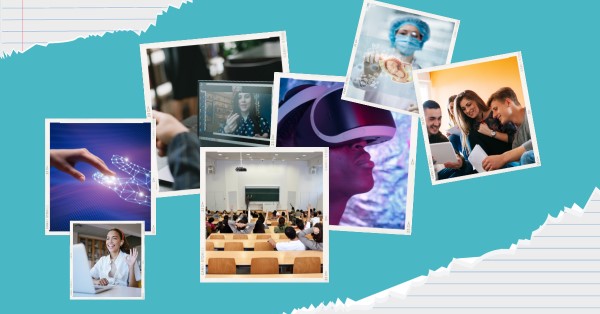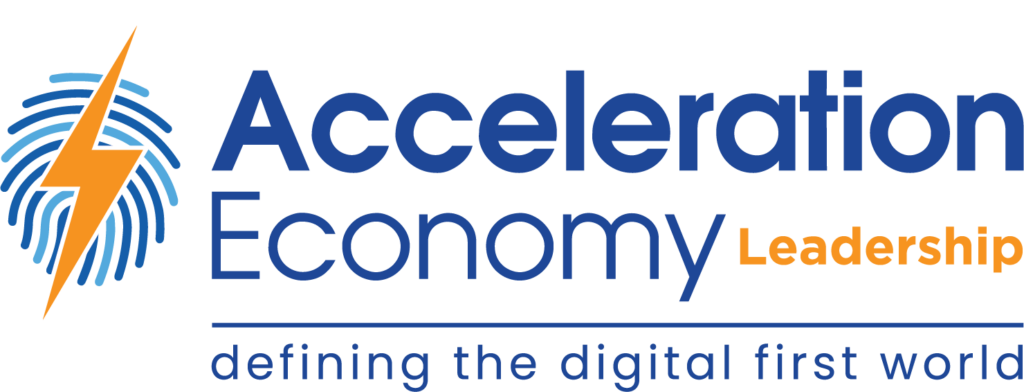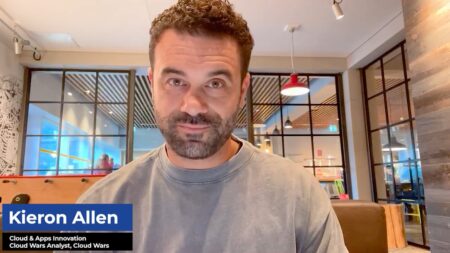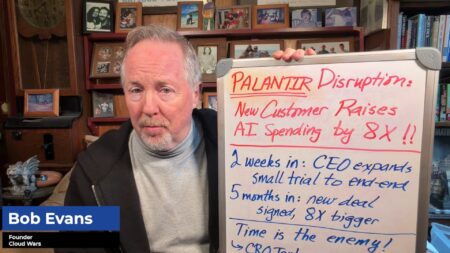From Feb. 29 to March 1, Arizona State University (ASU) will host the 100 Year EdTech Project Design Summit at its campus in Scottsdale, Arizona. Acceleration Economy spoke with ASU enterprise CIO Lev Gonick to learn more about the event, ASU’s history with online education, and what’s trending in educational technology.
ASU’s EdTech Prowess
ASU has long been at the forefront of innovation in online education. Fourteen years ago, it had a first-mover advantage in setting up the online education economy, with about 400 students in its original cohort. Its online enrollment has grown explosively. Last year, for the first time, its online student body exceeded its on-campus group. Today, ASU is the largest university in the U.S. with a total of 175,000 students: 78,000 on campus and the remainder, just under 100,000, online. It offers 300 online degrees.
Discover how AI has created a new ecosystem of partnerships with a fresh spirit of customer-centric cocreation and a renewed focus on reimagining what is possible. The Acceleration Economy AI Ecosystem Course is available on demand.
Inclusivity is a driving force for ASU, with many of its students being nontraditional. It has partnered with large employers including Starbucks and Uber, which cover tuition for their employees to either start new degrees or finish interrupted ones. As an example of the rigor of ASU’s online education, Gonick cited a student who recently returned and “went through our qualifying online program, finished her degree for the online program as a pre-med student and this past year enrolled in the Mayo Clinic.”
With its wide range of experience and many successes in online education, ASU is well positioned to promote and shape the future of EdTech through its upcoming design summit.
The 100 Year EdTech Project Design Summit
About a year ago, ASU held an EdTech event in Santa Fe, New Mexico, with about 20 educational technology designers from around the country. Participants included students, designers, technologists, and museum educators. The event was a retrospective on the last 50 years in education technology. At the end of the session, the participants decided another session about the next 50 years in EdTech was a natural next step, so 100 Year EdTech Project Design Summit was born.
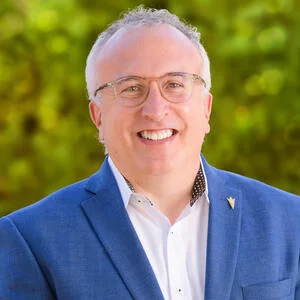
The summit will bring together education stakeholders including current students, academic leaders in learning engineering, instructional designers, and technologists to design the future of EdTech. The summit will answer such questions as:
- What will the world look like 50 years from now?
- What conditions do we need to create across education for community empowerment?
- What role should technology play?
The live, in-person event is being capped at about 150 participants. “There’ll be a recording of what goes on, but it’s a design session. It’s meant to [be a] roll- up-your-sleeves and get-to-work kind of session as opposed to a public forum,” Gonick says.
A guiding principle will be how to leverage technology to deliver high-quality education opportunities for diverse learning groups across the globe. Topics range from how best to support emerging technologies like AI; the ethical use of technology; and optimal technology interfaces.
“There’ll be plenty of opportunities to listen to smart people, but it’s doing it in the context of actually designing and helping to frame outputs for others to take further,” Gonick says.
The Next Frontier
About half a dozen vendors are sponsoring the Design Summit activities because they want to participate in the working sessions and test the waters of whether their ideas are resonating.
There are also plans to distribute output from the event through podcasts, publications, newsletters, and blogs in the education market (which encompasses community colleges, K-12, other higher ed, museums, and extracurricular clubs, among others).
Finally, the Design Summit will be covered by the Horizon Report, which forecasts technology in higher ed and is downloaded millions of times throughout the year.
“There is a whole new generation of technologies poised to come help universities, K-12 schools, museums, libraries, and others that will help to engage our learners in a more impactful way,” Gonick says.
The 100 Year EdTech Design Project will pave the way for this transformative journey, providing valuable insights and innovative ideas for the classroom of tomorrow.


